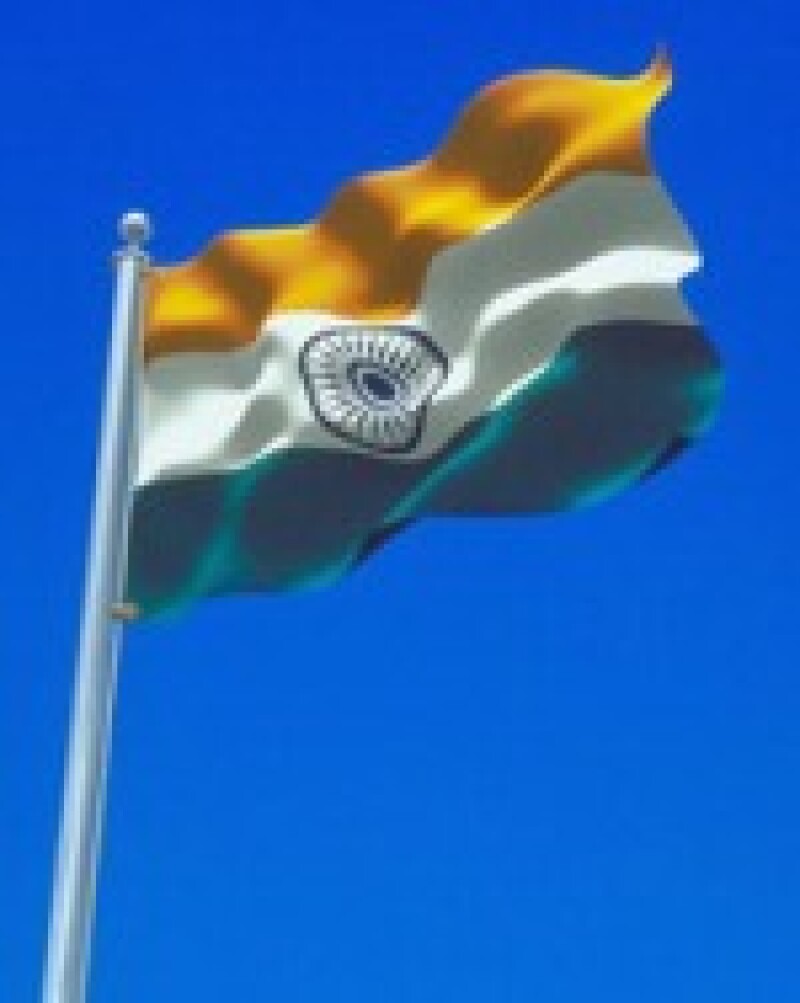
The transaction net margin method (TNMM equivalent of comparable profits method) has been the method of choice of both the Indian taxpayer as well as the revenue authorities.
Indian transfer pricing regulations, among other things provides that the arm’s length price in relation to international transactions should be determined by any of the methods being the most appropriate method.
The regulations provide no priority of methods, rather the selection of the pricing method to be used to test the arm’s length character of a controlled transaction must be made under the most appropriate method rule, which, is best suited to the facts and circumstances of each international transaction and which provides the most reliable measure of an arm’s length price in relation to the international transaction.

Ideally, application of any method should lead to the determination of the same arm’s length price. The factors to be considered in selecting the most appropriate method could be the nature of the transaction or class of transaction or class of associated persons or functions performed by such persons or such relevant factors.
It would be noteworthy that unlike traditional OECD approach, in application, The TNMM has been the preferred method for supporting both goods as well as services.
The comparable uncontrolled price (CUP) method has been used to support financial transactions and commodities. The resale price method has also been used to defend and support certain distribution functions, but with the growing emphasis by the Indian revenue on net margins and profitability, the same has come under challenge. The other methods namely Profit Split Method and Cost Plus Method have been seldom used.
The primary factors for the TNMM to be more widely applied in India has been due to paucity of publicly available data to support the application of the other methodologies.
The Honorable Supreme Court of India has also endorsed the use of the TNMM in Morgan Stanley’s case. In Morgan Stanley’s case, the taxpayer was required to compute the arm’s length price for each international transaction with associated enterprise using one of the five methods as prescribed. The assessee had adopted a TNMM as the most appropriate method for determining the arm’s length price in respect of transaction between associated enterprises.
The Supreme Court agreed with the orders passed by the assessing officer and transfer pricing officer, wherein, TNMM was considered as the appropriate method as TNMM apportions the total operating profit arising from the transaction on the basis of sales, costs, assets and so on.
The recent tribunal decision on Mentor Graphics did not discuss applicability of any of the transfer pricing methods and agreed with the use of TNMM for benchmarking the international transactions.
The Special Bench decision of the Aztec’s case had also supported the use of TNMM. In this ruling, the Tribunal held that while using TNMM the net margin of the tax payer from controlled transactions should ideally be tested with reference to the net margins that the same assessee earns from comparable uncontrolled transactions or from the net margins earned by the independent enterprises in comparable transactions would serve as appropriate guidance.
As regarding the use and application of the CUP method the Tribunal observed that even though NASSCOM (Industry body rates) rate may be genuine data, these rates cannot be considered as comparable as neither the taxpayer not the revenue is aware of exact nature of rates. Further as the provision allows an adjustment to be made to comparable transactions, it would be very difficult to find out the differences in the transactions to enable the adjustment. In short, it was concluded that CUP requires strict comparability and needs appropriate adjustments before the same can be applied to benchmark any international transactions.
A brief summary of the various transactions and the methods used to determine the arm’s length price in the Indian environment is tabulated below:
Methodology |
Challenge |
Remarks |
Comparable Uncontrolled Price Method (CUP) |
High degree of comparability required and limited data availability. |
Interest rates and commodity transactions |
Cost Plus Method (CPM) |
Limited data availability and different accounting standards prevalent. |
Seldom used in India |
Profit Split Method (PSM) |
Limited data availability as to functions and databases. |
Seldom used in India |
Resale Price Method (RPM) |
This method is used where gross margin is tested but net profitability is the driver |
Distributors /trading functions |
Transactional Net Margin Method (TNMM) |
Net margin is the one tested |
Most favoured method as comparability needs to be at broad level. |










